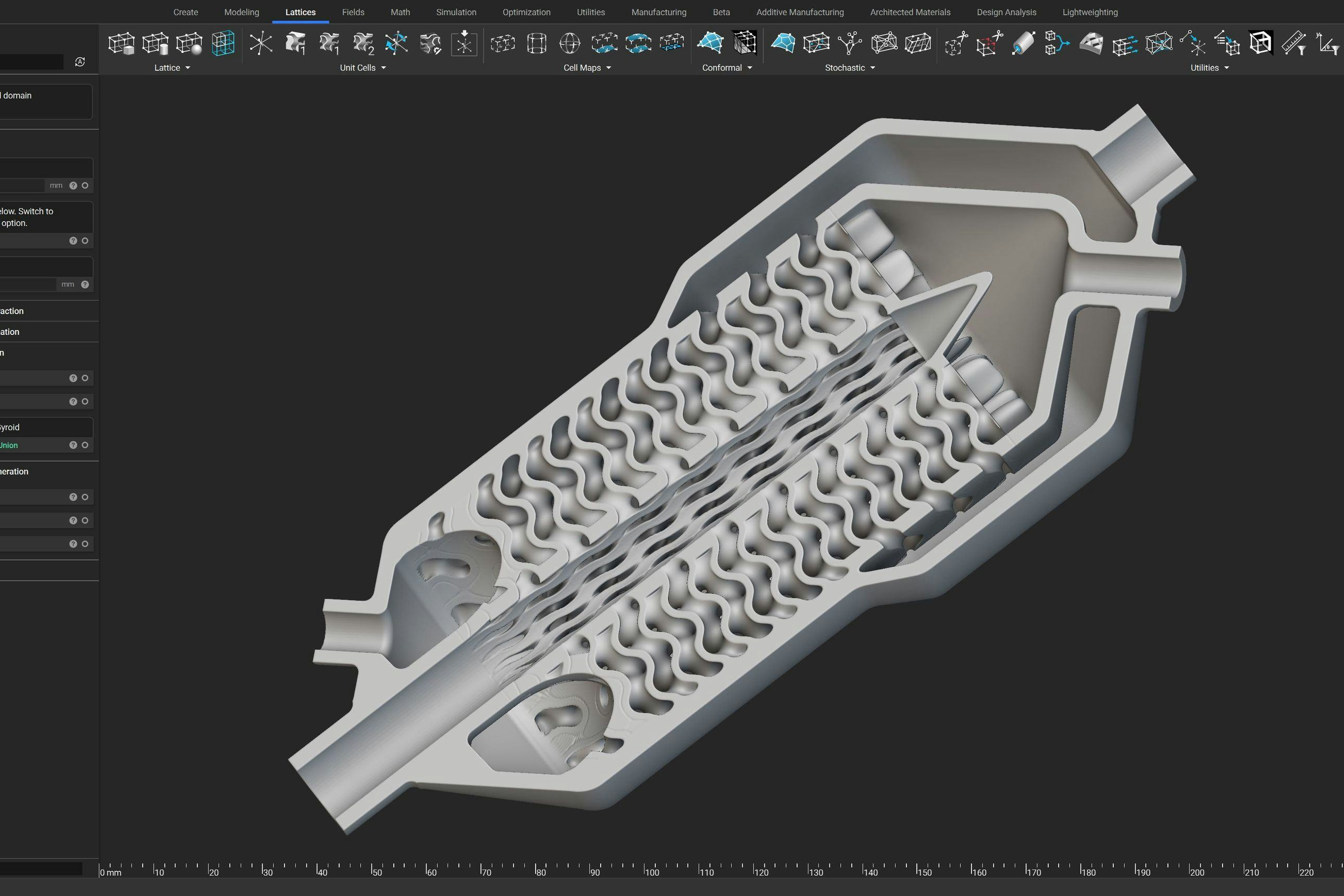A systematic approach to engineering innovation: Interview with Dr. Andreas Vlahinos
Written by nTop
Published on June 17, 2020
Dr. Andreas Vlahinos believes that innovation does not come from an 'a-ha' moment but rather from a systematic approach using tools, techniques, experience, and knowledge all together. Check out my interview with him.
I had the pleasure of chatting with Dr. Andreas Vlahinos, CTO of Advanced Engineering Solutions, to learn about his background and what he’s found most exciting in his career. Dr. Vlahinos hails from Greece and moved to the United States about 40 years ago. He has led an interesting career path beginning in academics and transiting to industry to solve novel and complex problems for the likes of SpaceX, NASA, NREL, DOE and US Army Aviation and Missile Command to name just a few. Read below to learn more about his history and career.
Tell me a bit about your background and how you happened upon this career field.
My dad was an engineer and always let me play with his tools, much to the dismay of my mother. She was so worried I might hurt myself. However, it was rewarding because I got to pretend I was an engineer while building and designing things. This led to engineering school in Greece and when I graduated from there my advisor insisted that I go to the US for graduate school. Initially I had no interest but I got a great scholarship to Georgia Tech. I planned on obtaining my Masters Degree and then returning to Greece. However, I ended up receiving more scholarship funding to work towards my Ph.D. and 40 years later, I’m still here.
How’d that happen?
While I was going to graduate school I joined the sailing club, the SCUBA diving club, and the ski club. We went to Colorado for ski trips and I really liked it there and so I decided I wanted to go there. I found an opening at University of Colorado and started teaching there.
What really influenced the path for my career was my summer work in the industry. I experienced intense culture shock going from academia to industry and quickly learned that there was a great deal to learn in the gap between the two. At the time, CAD and CAE tools were in their infancy. I got really excited because you could do so many cool things in engineering design and optimization and I started to teach them at the University. In fact, I was one of the first people to teach CAE in the university environment - that was in 1985.
In the last 15 years I’ve left academia and I’ve focused on solving new, unique, and difficult industry projects in defense and aerospace.
We use CAE tools but what is lacking is innovation. To help with that we use Computer Aided Innovation (CAI) tools to enhance the conceptual designs of our customers.
Tell me a bit more about CAI tools.
Well, there are several CAI tools we use.
Some of them are based on TRIZ which stands for, in Russian, theory of problem solving. A patent examiner for the Russian Navy, Genrich Altshuller, examined how patents solved problems: what does it solve and how does it solve? He documented the solution techniques and classified them. For example, if we want different lengths of an object at different times we can use telescopic, thermal expansion, pressure change principals and so on. He had about forty potential solutions to about fifty engineering problems or contradictions, as we call them today. After the Soviet Union fell apart, a venture capitalist went to Russia and brought Genrich Alshuller’s team to the US to create the software tools we use today.
Other tools we use are synthesis tools. They synthesize conceptual designs.
Where does nTop come into this? Well, with nTop, we now have the ability to create geometries we couldn’t imagine before. You couldn’t even imagine how a gyroid in a cylindrical coordinate system would look but with nTop you can. So now if you can imagine it and build it, you can analyze it and explore conceptual designs very fast. And that accelerates innovation.
Innovation, despite the popular belief, is not an ‘a-ha’ moment. Innovation today is achieved by using tools, techniques, experience, and knowledge all together. It is a systematic way to approach innovation. To do that you need great people and great tools to generate amazing designs you could never have imagined.
Can you give me some examples of great innovation you’ve witnessed?
Sure, a great example is called meta-materials. Nature gives us a certain set of materials: ceramics, metals and so on and they have certain properties. If we have a new design that requires a material property that doesn’t exist in nature, can we invent one? Well, yes, we can combine materials and unique lattice structures to create something new.
Here’s how: when we use power electronics in electric cars they get very hot and we need to cool them. Usually we solder them onto a cold plate which has a liquid cooling system. But what happens is hot parts expand more than the cool parts and there’s a constant fight. This fight creates stress which leads to cracks in the solder. When the solder cracks, the power electronic part cannot be cooled, the chip burns out and you break down on the road. Not good.
The problem here is the differential thermal expansion between materials. But what if we could imagine a lattice structure with a combination of materials that have zero coefficient of thermal expansion. There’s no such thing that exists in nature, however, the combination of a lattice structure with multiple materials can give you that. When you have something that grows and something that shrinks at the same time you can combine them so that the growth of one lattice shell can be compensated by the shrinking of the other. So you can have effective material properties which don’t exist in nature. That is amazing innovation.
Here’s another example, you can create a lattice structure that has a negative Poisson’s ratio. Normally, when you squeeze something in one direction, like a sponge, it grows in the other direction and when you pull it, it shrinks in the middle. Chewing gum does this and it happens in metals too (just not visible to the naked eye).
But, now we can generate lattice structures that have a negative Poisson’s ratio which means if you squeeze the structure instead of growing in the other direction, it shrinks. A lattice structure mechanical model can generate that ‘weird’ effect. If I squeeze it in one direction it also shrinks in the other direction. But who cares? Well there a lot of people who care. People who are in ballistics care. Think of a bullet, if something shrinks when you squeeze it (like a bullet would), then all of the material goes around the bullet to stop it. So it’s good for armor materials. Another one, if you hit it with a radar wave you expect it to bounce back but with this material you hit it with a radar wave it just goes farther down, or in this case, absorbs. So if you cover a plane with this material it’s effectively invisible to radar (aka stealth mode).
Ultimately, we use meta-material to design and create unit cells that behave exactly how we, engineers, want them to behave.
All this innovation is enabled by modern tools!
What has been one of your favorite projects that you’ve worked on and why?
There’s not one favorite. There’s a lot.
A recent project was with US Army Aviation and Mission Command. They used to get a part of their landing gear for some helicopters from a manufacturing company that went out of business. Unfortunately, they had to ground all the helicopters that needed that part.
They asked some traditional manufacturers if they could get that part of the landing gear. The answer was, “yes, in 2 years at $30,000 a piece.”
So they called me and asked if we could do something about it. I said, “if you allow me to 3D print it, not only can we build it faster, but we give you two bonuses. The first bonus is time: two weeks manufacturing time. The second bonus: it will be lighter than the original.”
Even though it was designed just right as it was, we could print it in metal which meant that we could print a solid metal skin with a lattice infill in the middle. This made it lighter. Oh yeah and there’s another bonus. It will be stronger than it was before: stronger, lighter and faster.
Something to consider when companies have distributed assets is that they can build parts for those assets on demand, onsite without having to maintain inventory. They just need a printer and technical data assets (CAD files, slice files, print orientation, nesting, CNC file).
You effectively saved them a ton of time and money along the way.
Yes, roughly it was $3,000 a part as opposed to $30,000. This type of manufacturing of AM metals makes sense for low volume production. So for say, 1,000 parts it’s practical but for 1,000,000 it is not.
So are we not there yet then for serial manufacturing with metal?
For some industries yes, for some no. For example, for aerospace when you build satellites, crew capsules, or rocket engines, you only build a handful to test and a handful to use, it makes sense. But if you’re an automotive manufacturer and you want a seat bracket which slides your seat back and forth you do that in sheet metal because it will cost you a couple of bucks for a part. It’s industry and size dependent.
Have you noticed any common themes in companies that tend to be more innovative and forward thinking?
Yes, management leadership. When companies are of the mindset, “we’ve always done it that way, let’s keep doing it,” that is not sustainable. They will be out of business soon.
Other managers that think, “wow, how can we invent and how can we innovate our next generation product?”
Even if they are the leaders and already the best in their industry they need to continue to leapfrog themselves, otherwise, someone else will.
Smart managers realize that innovation is not a luxury, it’s a necessity. They have to innovate. In order to innovate you need to embrace the new tools coming into the industry like nTop. And you need to encourage your teams to explore designs out of the traditional concepts.
If you were entering the industry right now, is there anything you would do differently?
Nothing different really. I don’t think so. I still embrace new technologies. I’m an early adopter. Thrilled and driven by innovation results because I’ve seen it. “Wow! If we could do this, wouldn’t that be cool. No one has ever done this, why not try?” You need to be a leader in innovation to be successful.
Thank you Dr. Vlahinos for your time and thoughtful insight! This was, hands-down, one of the most riveting chats I've had in a while.
This is the second interview we've done with an industry leader. If you missed it, check out our interview with John Barnes of The Barnes Group Advisors.

nTop
nTop (formerly nTopology) was founded in 2015 with the belief that engineers’ ability to innovate shouldn’t be limited by their design software. Built on proprietary technologies that upend the constraints of traditional CAD software while integrating seamlessly into existing processes, nTop allows designers in every industry to create complex geometries, optimize instantaneously, and automate workflows to develop breakthrough 3D-printed parts in record time.
Related content
- VIDEO
Topology Optimization Design for Cast and Injection-Molded Parts
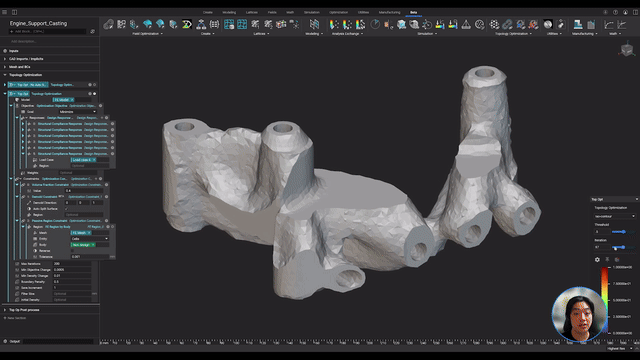
- VIDEO
Lightweighting an impeller for additive manufacturing
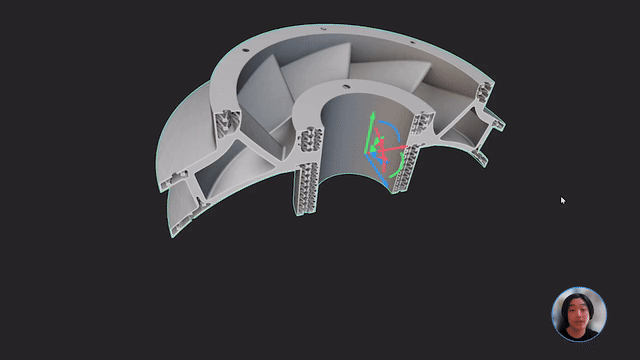
- VIDEO
Sneak peek into the nTop + Autodesk Fusion 360 integration
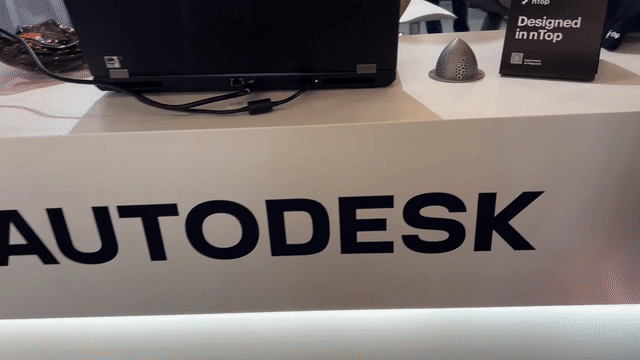
- ARTICLE
Optimizing thermal management with conformal cooling to extend operational life
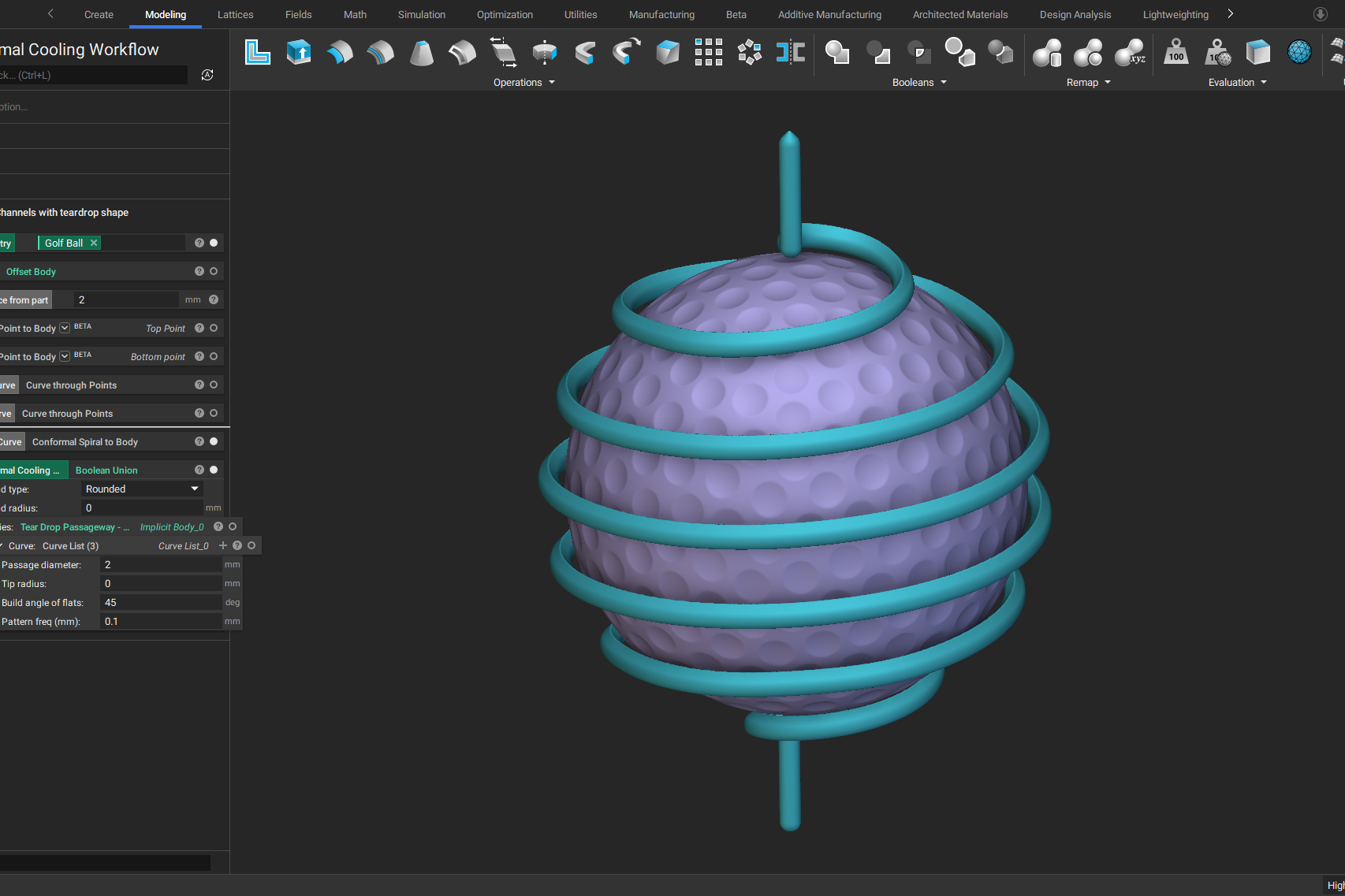
- ARTICLE
Advancing structural performance of aerospace heat exchangers
